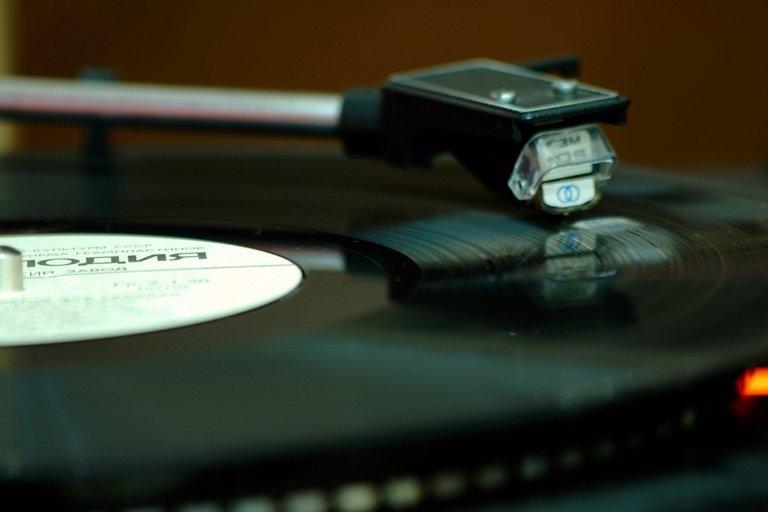realized with horror midway through kneading my very first focaccia this past weekend that I had yet to cover an Italian composer for this column. (The focaccia, for what it’s worth, turned out fine.) The reason for this is twofold. First, it’s essential to know that much of my favorite Italian classical music is, in fact, opera, and while I love listening to it, I’ve yet to approach it in an academic or historical context. It wouldn’t be right for me to write on it — not yet, that is. And at least I know it’s more than just vowels. The other reason is that this column is young, and there are a lot of folks I haven’t written about, and also can you believe I hadn’t made focaccia before? The world is big.
So let’s talk about Antonio Vivaldi who is, given his birth year of 1678, not at all a classical composer but in fact a Baroque composer. Baroque! New territory! This is good and exciting for you and for me. Baroque was the form of music that came before Classical but after Renaissance. Among other contributions to numerous to count here, baroque music invented an emphasis on key — i.e., playing music in one consistently and exploring it melodically — as well as gave rise to forms like the concerto in which one instrument takes the solo lead in a three movement piece of music.
One of those examples is this week’s selection, and that’s Vivaldi’s Concerto in C Major for Mandolin, Strings, and Continuo (recorded in 2010 by L’Arte dell ‘Arco). First of all, [record scratch], mandolin? Hell yes. This proto-guitar, cousin of the lute, plays a key role in a lot of Baroque music, and to a modern listener, gives it an otherworldly charm. And of all the instruments to feature in a concerto, this one felt the most different in the context of this column as a whole. There’s a new skill on display here in the almost impossible speed at which the strings are plucked. In addition, you might find yourself, in reading the name of this piece, be asking, “what to heck is ‘continuo’ supposed to mean?” Well, dummies, continuo was shorthand for continuo basso which is the harmony line in a baroque concerto. So it could consist of any number of instruments. You’ll notice that there’s some fun harpsichord in the harmony; if you don’t know what a harpsichord is, it’s the instrument that sounds kind of like, “what if piano but weird?”
There’s an easy listenability to a Vivaldi piece. Its opening Allegro movement is a buoyant piece of music. It’s repetitive, of course, because this is relatively early in terms of musical development, and this type of simplicity allows you to learn the melody as its playing out in front of you. Keep in mind that this was written during a time when music was yet to fully reflect on big capital-T Themes. This is not about Fate or Love or Loss: it’s about being in C Major and having a nice time just hanging out there. You won’t stumble across any surprises, but that’s what makes it strong and good.
VIOLENT VIVALDI
If you are reading this magazine in a public space, there is a good chance that you are already listening to the music…
www.newyorker.com
The Largo is a more muted step forward. Here’s where the sparseness of the instrumentation really shows. I’ve yet to cover a piece that feels so stripped down, so plain-faced about what it is and trying to be. There’s value in the space here — in the rests, in the silence between notes. I love the uncertainty of it. It’s not sad or tragic in tone, it’s something slightly more haunting and unknowable.
But like any concerto, its final Allegro is rollicking and cheerful, like a dance. An old dance. For all its listenability, Vivaldi does feel dated in an interesting way. You know you’re listening to something older, a piece of art that existed to be groundwork for art more often valued above it. But credit where credit is due! You would not have the melodic complexity of Mozart nor the playfulness of Saint-Säens nor the lightness in the dances of Strauss without these little concertos first.
While this is the only Vivaldi piece I’m discussing this week, he’s a composer whose work you could listen to for hours on end. As I spent my afternoon baking, I left the Vivaldi album page up and just let the albums play through. The concertos are so much fun, and so short and so lovely they might as well be modern earworms.
MY BTT: https://bitcointalk.org/index.php?action=profile;u=408030
Hi! I am a robot. I just upvoted you! I found similar content that readers might be interested in:
https://www.theawl.com/2017/07/baking-focaccia-with-vivaldi/